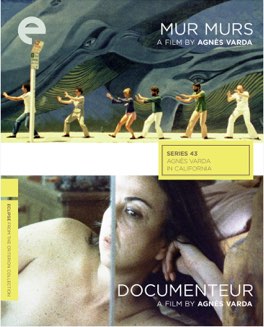AGNÈS VARDA
Mur Murs
Murals are a fascinating art form, representing one of the only remaining unmediated forms of expression. Maybe unmediated is the wrong term. After all, murals can be literally mediated, in the sense that someone can paint something over them, or modify them.
What I’m trying to express is the idea that murals are, for the most part, a form of, mostly, direct communication. Unfortunately, that level of qualification is as far as I can go.
Murals are especially powerful for marginalized communities, representing a rare form of agency. Whatever message, no matter how critical or displeasing to the elite, it can be shared. The community can come together, a sense of shared identity can be forged. It can also function purely as art. Murals can be representational in their depiction, or completely abstract. They can be political or apolitical, although more and more I question whether any form of expression is truly apolitical.
This film, in focusing on all of these means, shows the vast potential of the art form. We see marginalized communities making statements about their history. We see advertising. We see art for art’s sake. We see crass commercialism and outsider art colliding in one particularly memorable example of a giant pork slaughterhouse being turned into a fictional pig’s paradise.
This view into what the murals of Los Angeles were like in 1980 is an invaluable look at a particular moment in that city’s history. It’s incredible that it exists, especially given the focus on people and stories that no one else was paying any attention to. The Chicano community, the African-American community.
It’s inspiring, but also somewhat depressing that it took an incredibly talented French filmmaker to tell this story. Why was it only visible from outside?
